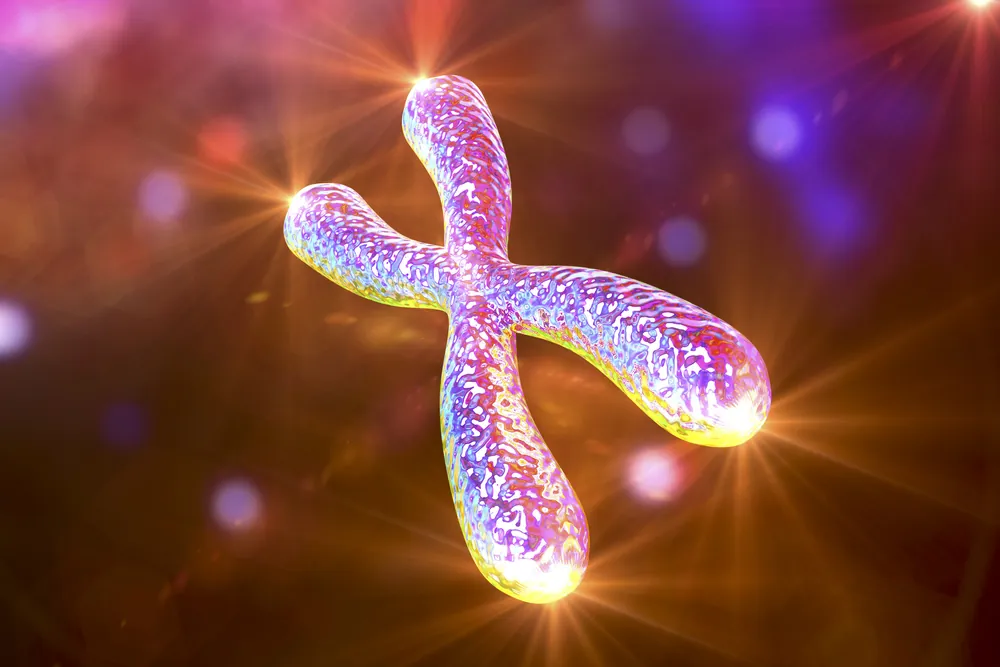Scientists publishing in Nature Aging have shown that telomerase reverse transcriptase slows neurodegeneration but not due to its telomere-building activity [1].

Telomerase Alleviates Alzheimer’s Symptoms not via Telomeres
#1
Posted 21 January 2022 - 05:38 PM
The word “telomerase” rings a huge bell for people who are familiar with geroscience. The primary function of this ribonucleoprotein complex (it consists of both protein and RNA) is to repair telomeres. Telomerase replenishes telomeres to some extent, adding new nucleotides in a process that is catalyzed by a subunit of telomerase called TERT (telomerase reverse transcriptase). When telomeres get too short, the cell stops dividing. Telomere length is associated with aging [2], but this story is not about telomeres.
TERT versus AD
Scientists have noticed that higher TERT levels in neurons are associated with better protection from Alzheimer’s disease (AD) [3]. TERT expression also declines in Alzheimer’s disease, but neurons do not divide, so this effect cannot be attributed to TERT rebuilding telomeres. This is interesting but not very surprising, since rather than performing one job in the cell, proteins usually have many others. TERT has long been known to have both “canonical” (telomere-building) and “non-canonical” activities.
The authors of this new paper studied the role of TERT in neurons using murine and human models of Alzheimer’s disease (AD). In accordance with previous studies, in genetically engineered AD-prone mice, TERT levels were significantly lower than in sex- and age-matched controls.
However, when the researchers introduced an artificial TERT-producing gene to maintain healthy levels of TERT in the brain even as the mice aged and developed AD, this slowed disease progression and accumulation of amyloid beta (Aß), the hallmark of Alzheimer’s. In conditional mutants – mice that had their artificial TERT gene switched on in the middle of AD progression – TERT activation also led to a striking decline in Aß accumulation in the hippocampus.
TERT induction had several other benefits: it alleviated AD-associated neuroinflammation, resulted in decreased expression of amyloid precursor protein (APP), increased neuronal health, and, finally, led to a significant improvement in cognitive function.
Since it is much harder to experiment on humans than on mice, the researchers made do with studying human neurons in vitro. They derived neurons from human induced pluripotent stem cells (iPSCs) and designed them to produce abnormal quantities of APP, thus creating a cellular model of AD. The researchers then introduced TERT-carrying viral vectors into the neurons, with results similar to what had been observed in murine neurons. Interestingly, TERT induction in human neurons not only decreased APP protein levels but also triggered the activation of the well-known anti-aging gene SIRT1 as well as of several genes related to synaptic plasticity and inflammation suppression.
Definitely not the telomeres
Though it was rather obvious that telomeres had no role here, the researchers spent some time establishing this as a fact. In some of the experiments, they used a catalytically inactive TERT mutant – that is, a protein that is very similar to TERT except that it does not facilitate telomere extension. In these experiments, mutant TERT exerted the same effects as normal TERT.
The scientists hypothesize that this non-catalytic neuroprotective activity by TERT might be the reason why neurons maintain a certain level of TERT expression despite being post-mitotic (not dividing anymore). The researchers also note that, according to previous studies, TERT reactivation improves function of other postmitotic cells such as cardiomyocytes and hepatocytes – apparently, without telomere replenishment being involved [4].
In the experiments, TERT had wide-ranging effects on gene networks related to AD and neuronal health. Since TERT is known to be able to influence gene expression, the researchers hypothesize that this is how it works in neurons as well, though the mechanism of action is not entirely clear.
Conclusion
This paper highlights a lesser-known side of TERT that does not involve telomeres. According to the authors, while TERT research has focused primarily on its canonical functions, “there is a growing appreciation that TERT also functions in postmitotic tissues via modulation of gene expression”. Studying the non-canonical activities of TERT and other proteins can broaden our understanding of molecular biology and might lead to breakthroughs in geroscience.
Literature
[1] Shim, H. S., Horner, J. W., Wu, C. J., Li, J., Lan, Z. D., Jiang, S., … & DePinho, R. A. (2021). Telomerase reverse transcriptase preserves neuron survival and cognition in Alzheimer’s disease models. Nature Aging, 1-13.
[2] Vaiserman, A., & Krasnienkov, D. (2021). Telomere length as a marker of biological age: state-of-the-art, open issues, and future perspectives. Frontiers in Genetics, 11, 1816.
[3] Spilsbury, A., Miwa, S., Attems, J., & Saretzki, G. (2015). The role of telomerase protein TERT in Alzheimer’s disease and in tau-related pathology in vitro. Journal of Neuroscience, 35(4), 1659-1674.
[4] Sahin, E., Colla, S., Liesa, M., Moslehi, J., Müller, F. L., Guo, M., … & DePinho, R. A. (2011). Telomere dysfunction induces metabolic and mitochondrial compromise. Nature, 470(7334), 359-365.
View the article at lifespan.io














































